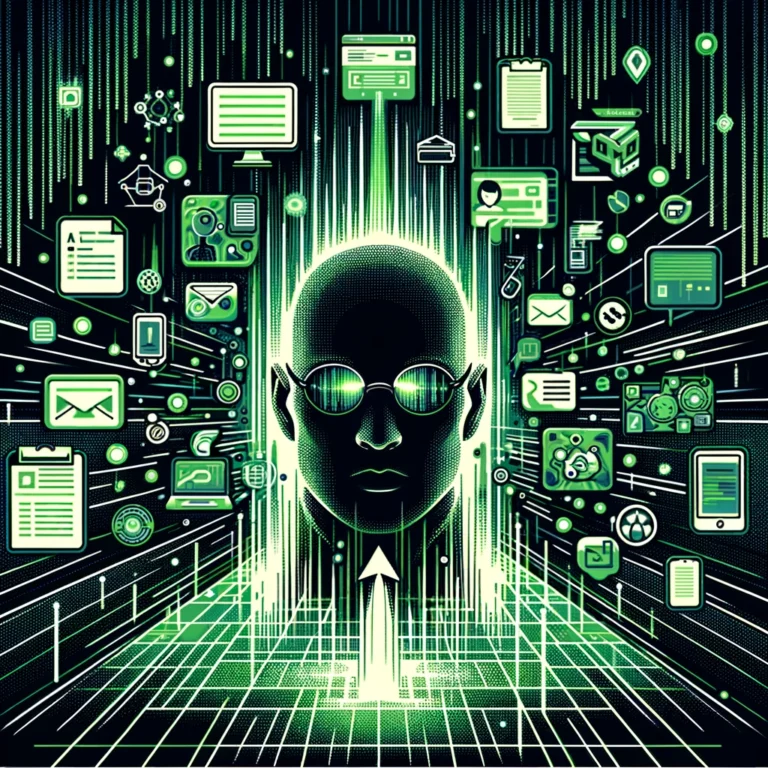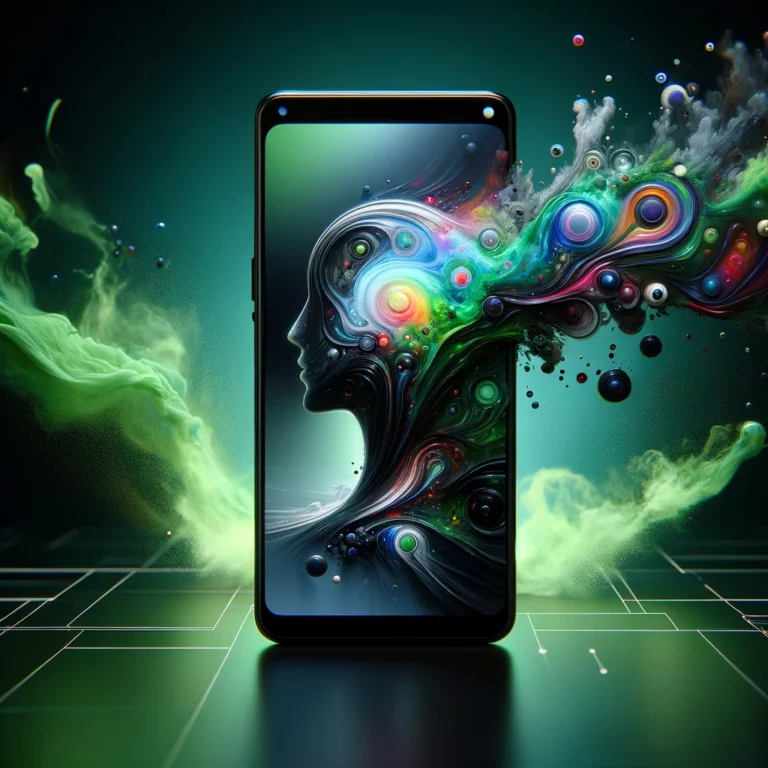In the ever-evolving landscape of artificial intelligence, the ability to create custom GPTs (Generative Pre-trained Transformers) has opened new doors for personalization and efficiency. Whether for business, education, or personal use, these custom GPTs are reshaping how we interact with AI technology. Let’s dive into how you can create your own GPTs and explore some practical use-case examples.
Creating Your Own Custom GPTs
Creating a custom GPT is now more accessible than ever, even for those without extensive coding experience. Here’s a simple guide to get you started:
1. Define Your Purpose
First, identify what you need your custom GPT to do. Do you need it for educational purposes, business analytics, or perhaps creative writing? Defining the purpose will guide the customization process.
2. Start a Conversation
Begin by interacting with the base ChatGPT model. This step involves giving it instructions and additional knowledge relevant to your purpose. For instance, if you’re creating a GPT for teaching mathematics, you might feed it specific mathematical theories or problem-solving methods.
3. Customize Features
Decide what features your GPT should have. Do you need it to search the web, create images, analyze data, or all of the above? This step tailors the GPT to your specific needs.
4. Test and Iterate
Once your GPT is set up, it’s crucial to test it thoroughly. Ensure it responds accurately and efficiently to relevant queries or tasks. Based on feedback, you might need to make adjustments for better performance.
Use-Case Examples for Custom GPTs
The potential applications for custom GPTs are vast. Here are a few examples:
1. Educational Tools
Custom GPTs can revolutionize teaching and learning. For example, a GPT can be tailored to teach a foreign language, offering not just translations but cultural context, pronunciation tips, and interactive language exercises.
2. Business Analytics
In the business world, a custom GPT can analyze market trends, interpret complex data sets, or generate insightful reports. These GPTs can be fed with specific industry knowledge to enhance their accuracy in business-related tasks.
3. Creative Writing Assistance
Writers can use custom GPTs to brainstorm ideas, develop story outlines, or even write drafts. By feeding the GPT examples of a writer’s style or preferred genres, it can produce content that aligns closely with their creative vision.
4. Customer Service Automation
GPTs can be customized to handle customer service inquiries, providing quick and accurate responses. By training on specific product or service information, these GPTs can significantly improve customer experience and efficiency.
5. Personalized Fitness Coaching
Imagine a GPT that knows your fitness goals, preferences, and routines. It can serve as a virtual coach, offering personalized workout plans, dietary advice, and motivation.
The Future of Custom GPTs
As GPT technology continues to advance, the possibilities for customization will expand. This means more sophisticated, personalized AI tools that can cater to a wider range of needs and preferences. Custom GPTs not only signify a leap in AI technology but also in how we can incorporate AI into our daily lives and work, making tasks easier, more efficient, and more aligned with our individual goals.
In conclusion, custom GPTs are a powerful testament to the versatility and adaptability of AI. Whether enhancing educational experiences, streamlining business processes, or aiding in creative endeavors, the ability to create and utilize these tailored AI models is a significant step forward in the practical application of artificial intelligence.
To learn more about this feature, visit https://openai.com/blog/chatgpt.
And for the latest tech updates, please visit www.rewiredgvl.com.




